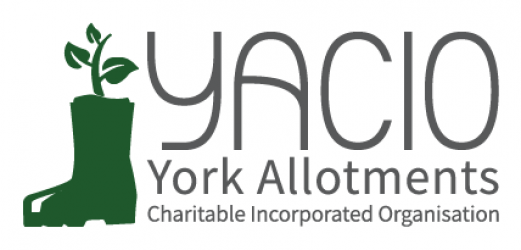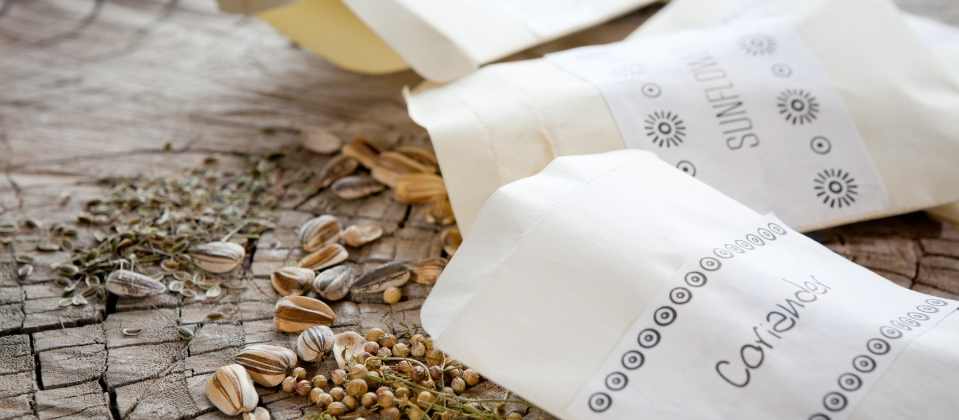Does it seem an odd time of year to be thinking about seeds? Isn’t that a spring thing? In fact, now is a great time of year to do two seed related activities: save seeds from your harvested crops, and make a realistic list of seeds you will need for the next season, while this season with all its flaws and glories is still fresh in your mind.
So, what grew well, what didn’t (and was that because of your neglect or error of timing, or the weather and the slugs?), what did you enjoy and what wasn’t so popular? What crops did you covet that your plot neighbours were growing? What didn’t you have enough of, or annoyingly forgot about altogether?
There are some important considerations that you might like to dwell on now you have a bit more time. When it comes to buying seed, if you go for a F1 hybrid with allegedly enhanced qualities (straightness, uniformity, easy to pick) you’re spending extra money on summat the big, international seed companies and commercial growers get the profit on. And you can’t save seed from those varieties – it may well be sterile and if it’s not, it won’t come true. Basically, using those seeds takes control out of the small growers’ hands and favours industrial scale production. Not allotmenteers. And of course it’s in the big international seed companies’ interest to get you buying so called ‘fresh’ seed every year. Local strains have been lost in the last fifty years or so, but we can choose reputable open pollinated seeds from small ethical companies trading in ‘real’ seeds, save and swap our own seeds to perpetuate varieties that have done well on local sites, and be part of millennia of caring for plants and the land.
So how do we save seed? There is still time this season to harvest and dry and keep seeds from many of your favourite crops. It’s a good idea to tie a bit of twine around plants that have done well or given you a tasty crop, so you can identify them as to be saved for seed rather than eaten. Peas and beans are really easy ones to start with: let them mature and dry on the plant, turning dark drown, dry & wrinkled. Then pick and shell them out and make sure they are completely dry before storing somewhere cool and dry. If it’s a wet season, pick them and dry them on a window sill or on your greenhouse staging. On an allotment scale you don’t really need to do much more than that. Except remember to label them!
It’s also easy to save seeds from the brassica family: salad crops, kales, cabbages, radishes etc will all make seed pods after they have flowered – so you have to be patient to wait for that stage of development. The pods can then be dried and shelled out, and you can even take a short cut by just shaking a few dry plants out over a hoed and raked bed, where they will likely germinate readily. Lazy/patient growers may even find plants self sowing – which is to say they drop their seed near the parent crop, giving you a little forest of seedlings to plant out, share and give away, or eat as trendy ‘microgreens’ in salad.
One other plant is worth specifically mentioning in relation to seed saving: parsnips. Notoriously tricky to get to germinate, using fresh seed saved from a plant you let flower and go to seed is far more successful. Many seeds can be stored for years, but not parsnips. Parsnip flowers are tall and elegant (a member of the Apiacae family) and as their family name suggests, hugely attractive to pollinating insects. Let the seeds dry on the plant and then harvest them into dry brown paper bags, label and store. The same system works well for many flowers on your plot too: calendula, hollyhock, foxglove, feverfew and others.
Happy harvesting……


